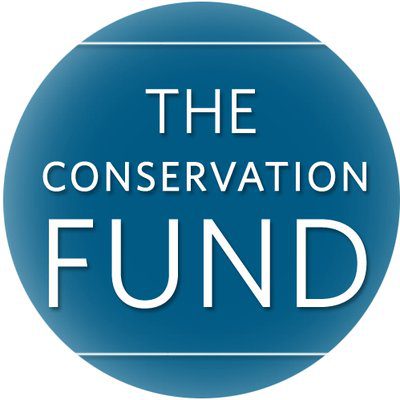Riverside Legacy
Location
Riverside County, CA
Resource
Species, Wetlands
Solution
Custom
RIVERSIDE LEGACY is a custom portfolio of projects created by EIP to support the goals of the Regional Conservation Authority (RCA) in Western Riverside County to protect land, plants, and species.
Rapid economic development in Western Riverside County—an area with over 33 threatened and endangered species—necessitated a balance to be struck between development and environmental goals and regulations. The Western Riverside County Multiple Species Habitat Conservation Plan (MSHCP) is a multi-jurisdictional plan that strikes that balance by maintaining biological and ecological diversity within this rapidly urbanizing region. The MSHCP calls for the protection of 146 native plants and animals and is the largest such conservation plan in the United States. The 500,000 acre MSHCP calls for the largest conservation related land acquisition program in the Country with the goal of 153,000 acres of private lands needed to accompany the 347,000 existing acres of public lands to complete the MSHCP over a 25 year period. To achieve the goal of the MSHCP, the pace of private land acquisition needs to increase and EIP’s portfolio of projects help facilitate the cost-effective acquisition of high-priority conservation lands.
In 2017, EIP began to evaluate potential projects within the MSHCP area that would allow for responsible economic development while simultaneously contributing conservation acreage to the Plan. EIP has since acquired a portfolio of properties that strike the balance of facilitating critical conservation land into the Plan, while also providing economic development opportunities on non-priority conservation lands that provide jobs, tax revenues, amenities and other benefits to local communities and jurisdictions.
As of January 2025, EIP has conveyed over 330 acres of land to the MSHCP to permanently protect the plant and animal species, habitat corridors and ecological functions of those lands. 240 of these acres were the Walker Canyon site outside of Lake Elsinore that experiences the nationally renowned poppy bloom and attracts visitors from far and wide. EIP’s portfolio of projects in Riverside County further EIP’s core belief that responsible development can occur in harmony with environmental goals and objectives.

Our Partners
The Conservation Fund is a national nonprofit organization that works with public, private, and other nonprofit partners to protect America’s legacy of land and water resources through land acquisition, sustainable community and economic development, and leadership training. The Conservation Fund focused on maintaining the environmental value of the poppy fields for current and future generations, as well as protected essential habitat for endangered and rare species.
